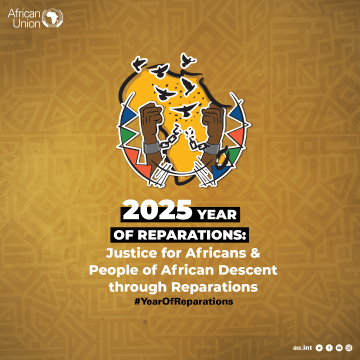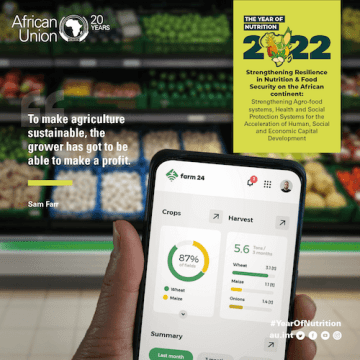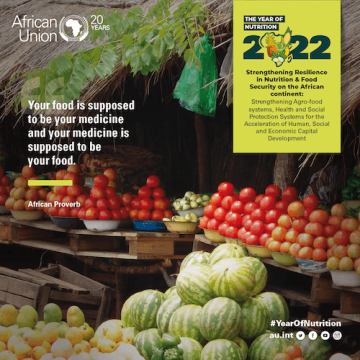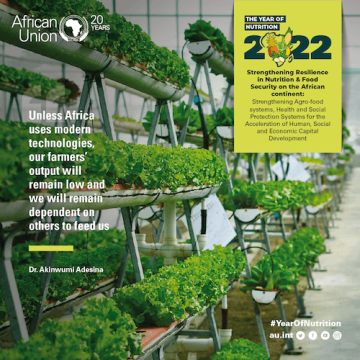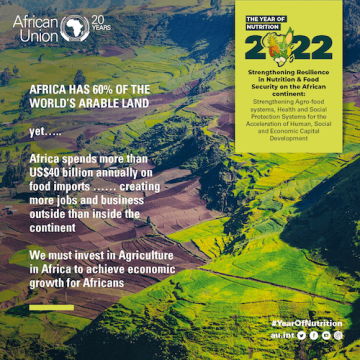State Resilience to Shocks and Disasters
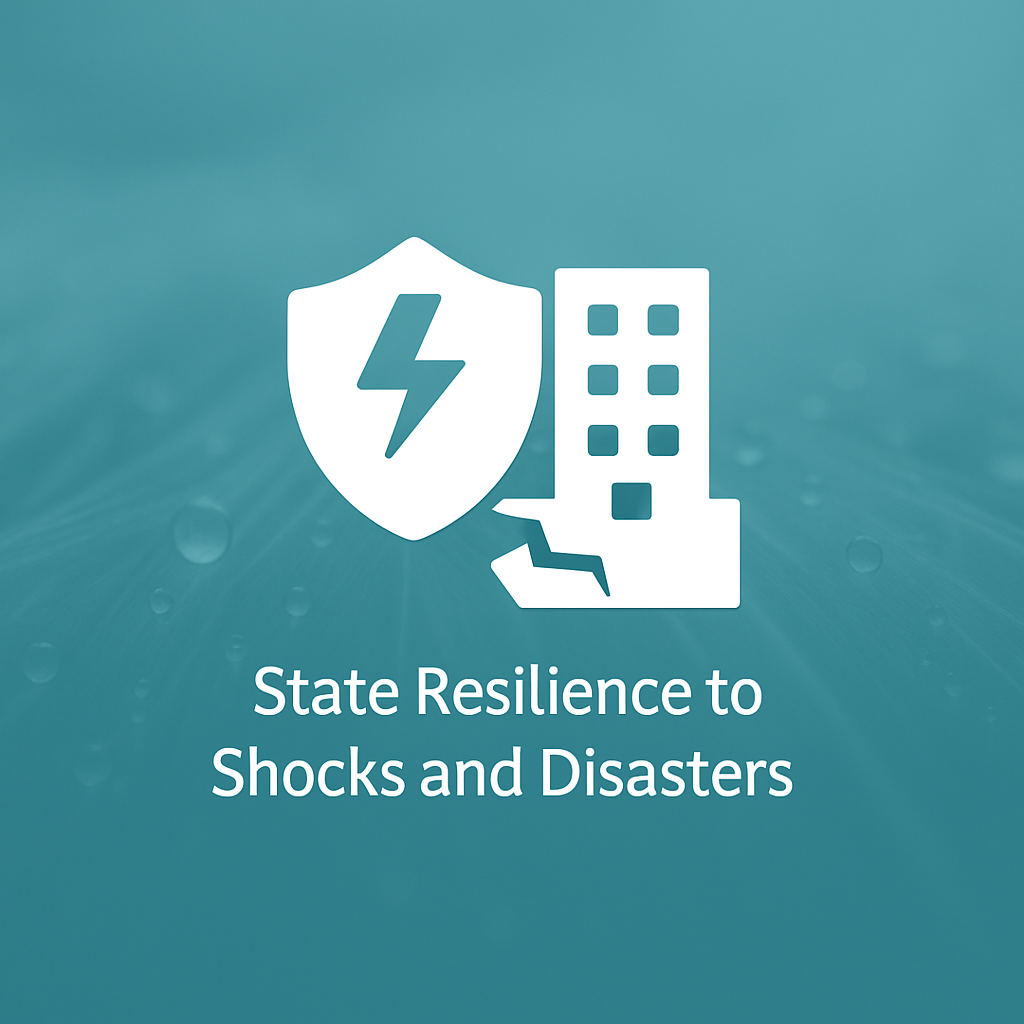
"State Resilience to Shocks and Disasters" is the APRM's 5th thematic area, newly introduced to assess and enhance the capacity of African countries to withstand and recover from various shocks and disasters. This thematic area focuses on evaluating how well countries are prepared for, respond to, and recover from adverse events, such as natural disasters, economic crises, pandemics, and social upheavals. Key aspects include:
- Disaster Risk Reduction: Assessing policies and measures in place to reduce the risk and impact of disasters, including early warning systems, emergency preparedness, and public awareness campaigns.
- Response and Recovery: Evaluating the effectiveness of response mechanisms and recovery strategies, including the capacity of emergency services, coordination among government agencies, and the involvement of civil society and international partners.
- Economic Resilience: Analyzing the economic structures and policies that enable a country to absorb and recover from economic shocks, such as financial crises or commodity price fluctuations.
- Social Resilience: Examining the social safety nets, healthcare systems, and community support structures that help populations cope with and recover from disasters and crises.
- Environmental Resilience: Assessing the sustainability of environmental policies and practices, including natural resource management and climate change adaptation strategies.
- Governance and Institutional Capacity: Evaluating the strength and effectiveness of governance institutions in managing shocks and disasters, ensuring transparency, accountability, and inclusive decision-making.
By focusing on state resilience to shocks and disasters, the APRM aims to enhance the overall stability, sustainability, and development prospects of African countries, ensuring they are better equipped to handle future challenges.
In the context of governance dimension, state resilience and preparedness refer to the readiness of the political leadership and public institutions to mobilise, organise, coordinate and manage disasters within the framework of public-private partnerships and international cooperation. Thus, an adequate level of preparedness implies dynamic responsive systems at the intersection of societies, ecosystems, natural hazards, regional and global risks. This includes the enhancement of early warning systems and promotion of adaptive capacity at local and national government level. Establishing the capability to contain and curb extreme events by building and strengthening infrastructure, critical economic sectors, governance and social systems. The availability of resources for disaster risk preparedness and management is critical in building a resilient state in a globalising world.
Guided by the international and regional frameworks on disaster risk reduction (DRR), this thematic area seeks to assess the level of preparedness and capacity to bounce back after shocks in member states by looking at:
a) The Policy, legislative and institutional frameworks being implemented or domesticated at national level to enhance state capacity to respond to shocks, infectious diseases and disasters
b) Mechanisms adopted by countries to enhance knowledge management and a system for early detection and warning during shocks, infectious diseases and disasters.
c) Measures in place for increasing investment (financial, critical infrastructure and human) for DRR.
d) Steps members states are taking to build an effective response system to enable them build better in recovery, rehabilitation and reconstruction
The integration of State Resilience to shocks and disasters (SRSD) builds on international commendable Disaster Risk Reduction Commitments to which the African continent has subscribed, do exist at various degrees of completeness in African countries, including the Sendai Framework for Disaster Risk Reduction (SFDRR) 2015-2030, the Programme of Action for the Implementation of the Sendai Framework for Disaster Risk Reduction 2015-2030 in Africa (PoA), the Africa Regional Strategy for Disaster Risk Reduction, and the International Health regulations (IHR). These commitments aim to achieve the substantial reduction of disaster risk and losses in lives, livelihoods and health and in the economic, physical, social, cultural and environmental assets of persons, businesses, communities and countries.


